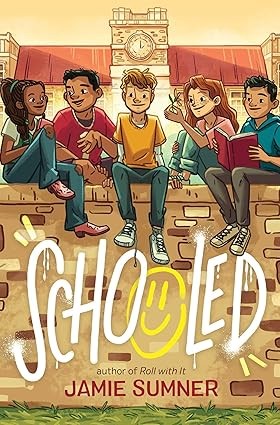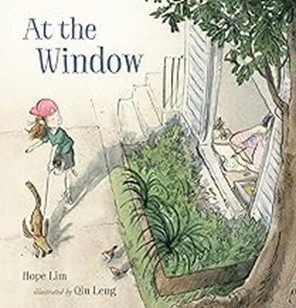
Author Melissa Stewart has always been fascinated by things in the natural world and has a passion for making that world accessible to children. With a degree in Biology and a graduate degree in science journalism she is well-qualified to be the author of more than 180 science books for children. Children will like to know that she does a lot of research before writing and that includes exploring rain forests, going on safari, and swimming with sea lions. Her website provides numerous teaching aids, scripts, videos,and blogs, book trailers (including one for this book presented by children), podcasts, and more. She even has a series of video mini lessons using Can an Aardvark Bark that teaches her writing process for the creation of this book. Each video is short and informative as students listen to Melissa talk about things they can also do as writers. For the next year Melissa will be providing teachers with professional development as she shares resources and ideas that delve deeply into the nonfiction reading and writing process from an author’s point of view. There will be a new posting each Monday.
About the Illustrator: You and your students will want to get to know Steven Jenkins. He illustrated this book but has written and illustrated numerous science books. Sometimes he co-creates books with his wife, Robin Page. Melissa says she is probably Steve Jenkins’ biggest fan.
This is an amazing concept book about how animals communicate. It is written in a question and answer format. Each full page spread contains a question about the sound a particular animal makes and then the answer. Most answers begin with ‘No, but. . .” The spread also contains a short caption sharing one or two additional interesting details about that animal. The following page lists other animals that make that same sound and a fact or two about each animal. Students will learn what the sounds mean for each animal. At the end of the book children are asked a question about whether they can make each of the sounds they learned about in the book.
Teaching Points: This 2017 picture book could be used in K-2nd for shared reading to teach prosody clues and text features. Students in K-2 could practice reading this informational text fluently and when they demonstrate all three types of fluency (rate, accuracy, and prosody) they could take the book home and read it to the family.
I would also use this as a mentor text for teaching students in any grade to write informational text. We would study the structure (see synopsis) and stand on the shoulders of Stewart to create a question and answer book that contains additional details.
Pathways Theme: Living Things
Reviewed by Krystal Bishop, EdD
Professor of Education
Southern Adventist University

